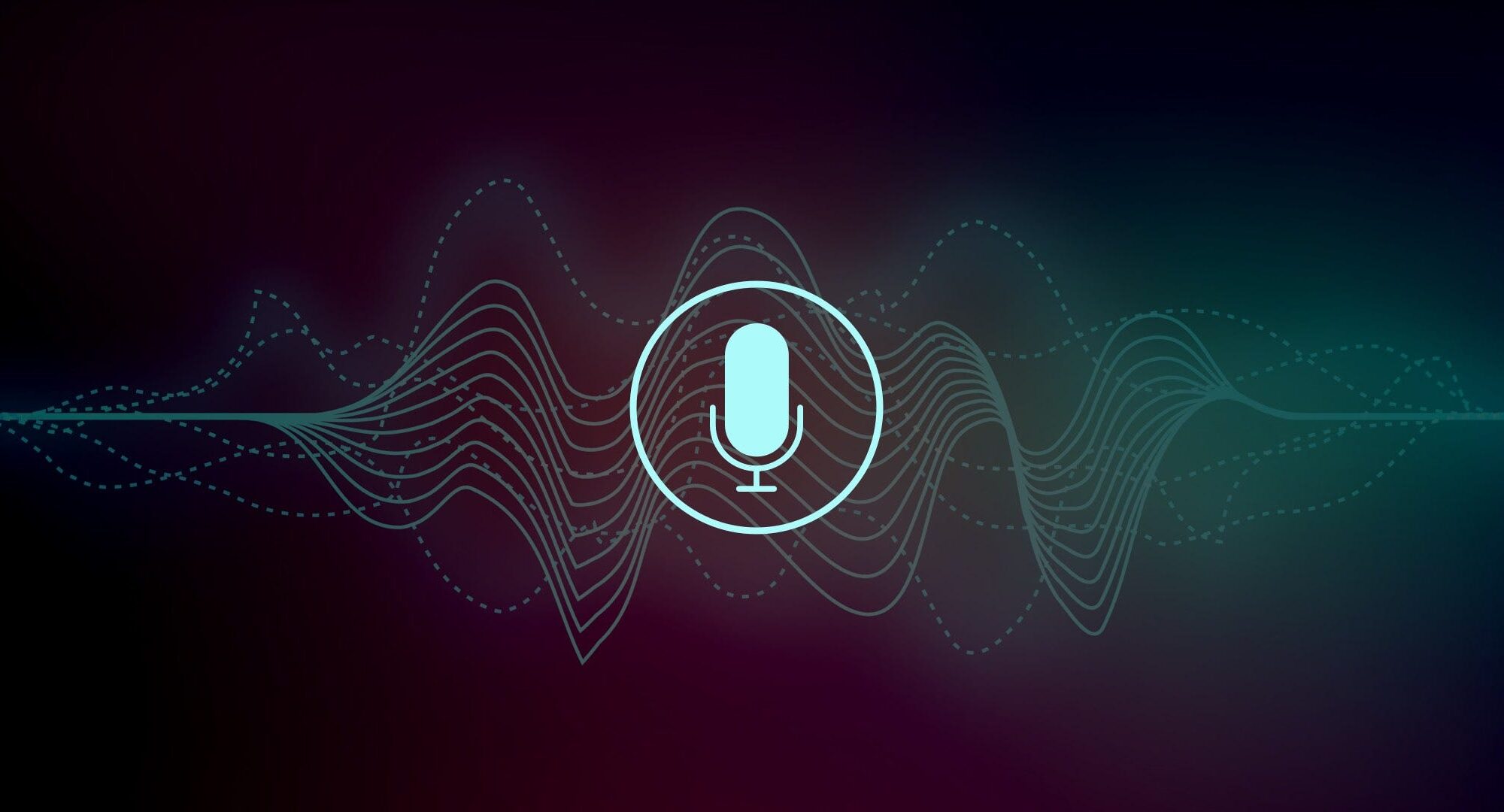The realm of biometrics, the methods we use to identify individuals based on their biological or behavioral patterns, has historically been divided into two main categories: behavioral and physiological. Behavioral biometrics originate from patterns in human activities. Historically, it’s been things like the unique rhythm someone used while tapping out Morse code during World War II. Nowadays, it refers to patterns like our keystrokes, mouse movements, or touchscreen interactions. Physiological biometrics, conversely, are rooted in our inherent physical traits, like our face, voice, or fingerprints.
Adapting to New Interaction Modalities
One primary concern surrounding behavioral biometrics is the rapidly changing nature of User Interfaces (UI). As we’ve seen with technological evolution, today’s primary interface could be obsolete tomorrow. If future UIs don’t rely on keyboards or touchscreens – the very platforms for which behavioral biometrics are designed – the utility of such biometrics diminishes.
Today’s trend leans heavily toward voice interfaces. Tech giants like Facebook, Amazon, Microsoft, Google, and Apple are investing heavily in voice-based AI chatbots and improving Natural Language Understanding (NLU). This means the way we interact with machines is shifting from physical input (like typing or swiping) to voice commands. This transition challenges the validity of behavioral biometrics in the evolving digital landscape.
Biometrics in Omni-Channel Interactions:
Omni-channel customer experiences, which integrate various methods and platforms of customer interaction, are increasingly becoming the standard. Within this context, voice, not behavioral patterns, holds the authentication key. In interactions with human and AI agents in contact centers, voice biometrics hold the fort, seamlessly validating identities.
Simply put, the method of authentication needs to align with the UI. As voice becomes dominant in browsers, apps, smart speakers, and even vehicles, only voice biometrics can truly keep up.
Deepfakes and AI: The Emerging Authentication Hurdle
As AI progresses, especially with tools like Generative Adversarial Networks (GANs), we’re seeing a surge in deepfakes – synthetic audio and video representations that are eerily accurate. While these advanced deepfakes can easily deceive human ears, sophisticated voice biometric engines can discern between machine-produced audio and genuine human voices.
Further, with the prevalence of malware today, there’s a legitimate concern about bad actors collecting behavioral metadata from our devices. In the wrong hands, these data could be used to generate synthetic behavioral patterns, making the entire system vulnerable. The strength of physiological biometrics, such as voice, lies in its ability to distinguish between the synthetic and the genuine.
Revolutionizing User Authentication with AI
Voice Verity™ by ValidSoft represents the pinnacle of AI-driven user authentication innovation, particularly in voice biometrics.
- Immediate Availability: Voice Verity™ is accessible to all enterprises and is already in use by some of the world’s largest enterprises and financial institutions in real-world live deployments.
- High Accuracy: This solution delivers unparalleled accuracy, not reliant on specific watermarking or synthetic audio tools.
- Privacy Compliance: Voice Verity™ complies with privacy regulations like GDPR, CCPA, BIPA, and major privacy law frameworks.
Voice Verity™ seamlessly integrates with any customer engagement channel that supports audio, whether it’s real-time streamed audio or stored data. Importantly, it’s not a biometric solution, eliminating the need for user enrollments, consent workflows, or storage of Personally Identifiable Information.
Employing sophisticated AI-driven speech science and audio analysis algorithms, Voice Verity™ is adept at detecting the subtle, anomalous artifacts found in machine-generated deepfake audio, ensuring a high level of accuracy in distinguishing genuine human voices from synthetic ones. ValidSoft’s solution can instantly process any snippet of audio to discern its authenticity. This real-time analysis ensures that even without prior user data, the system can reliably identify whether the voice belongs to a human or is a result of deepfake technology.
While AI is poised to revolutionize our interactions with technology, it also introduces sophisticated avenues for fraud. In this evolving landscape, relying on behavioral biometrics for authentication might be shortsighted. The shift towards voice interfaces and the inherent security of voice biometrics indicate that the era of behavioral biometrics might be on the wane.



